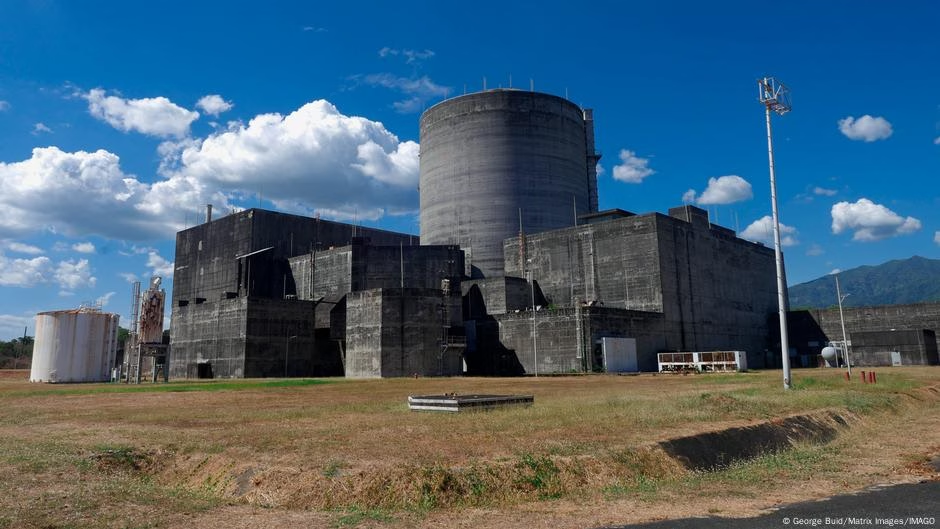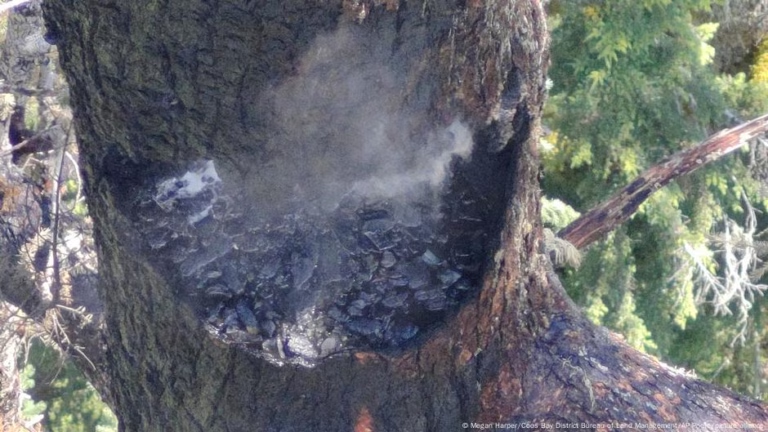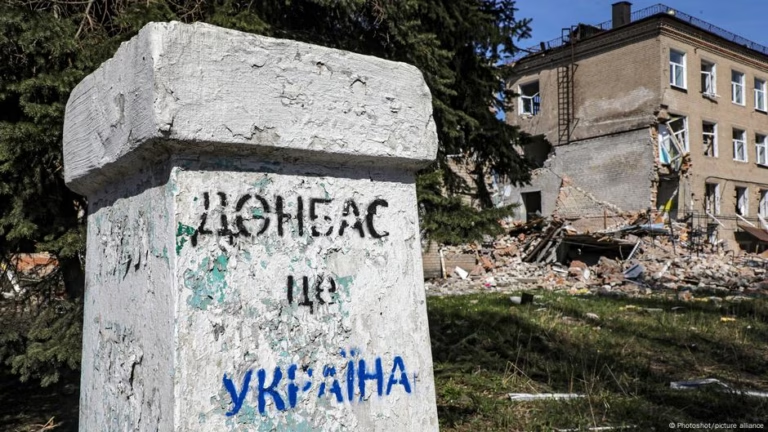Southeast Asia’s only nuclear power plant is located in Bataan province, the Philippines, around 40 miles from Manila. Built in the 1970s, the facility was never operational due to political instability and the Chernobyl disaster. Under the current government, the Philippines is considering nuclear power as a solution for growing energy demand and reduced fossil fuel use. Philippine Energy Secretary Raphael Lotilla supports a “safe, sustainable, and responsible” nuclear energy program. The country is moving towards a target of 1,200 MW nuclear capacity by 2032 and 4,800 MW by 2050. Environmental activists argue that renewable energy is more suitable, citing carbon emissions from uranium mining and the abundance of solar, hydro, and wind power. Nuclear energy is being considered across Southeast Asia, with Indonesia aiming for 75% of its power from clean sources by 2032 and Vietnam planning to build a power plant by 2030. Experts suggest focusing on Small Modular Reactors (SMRs) for safety and cost reasons. Public support remains low due to the perceived risks of nuclear energy, and convincing the public will require addressing these concerns.
Source: https://www.dw.com/en/why-is-southeast-asia-turning-to-nuclear-power/a-72104691?maca=en-rss-en-all-1573-rdf








